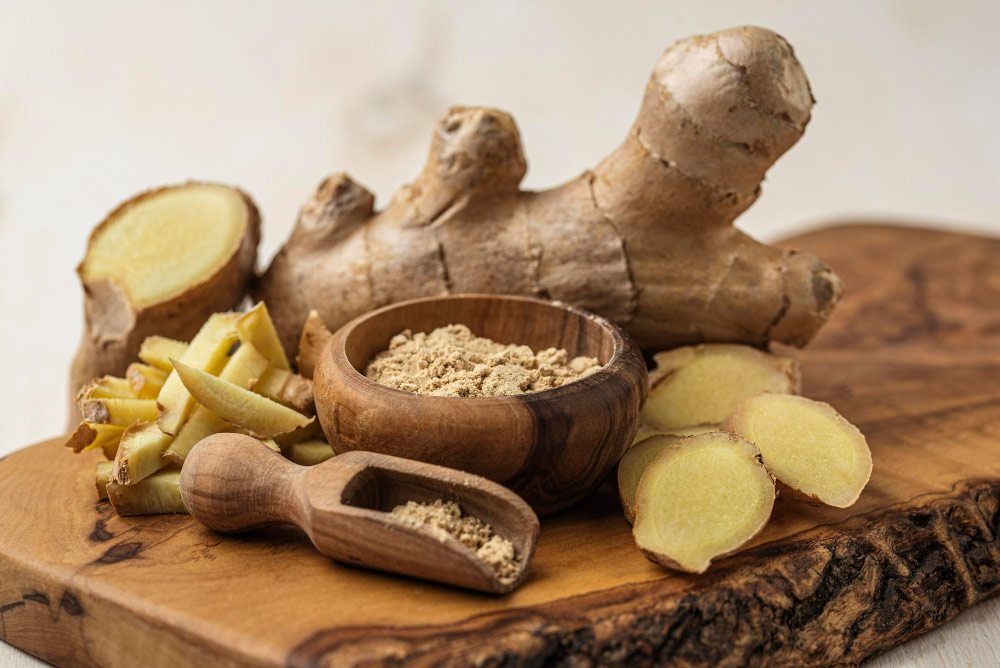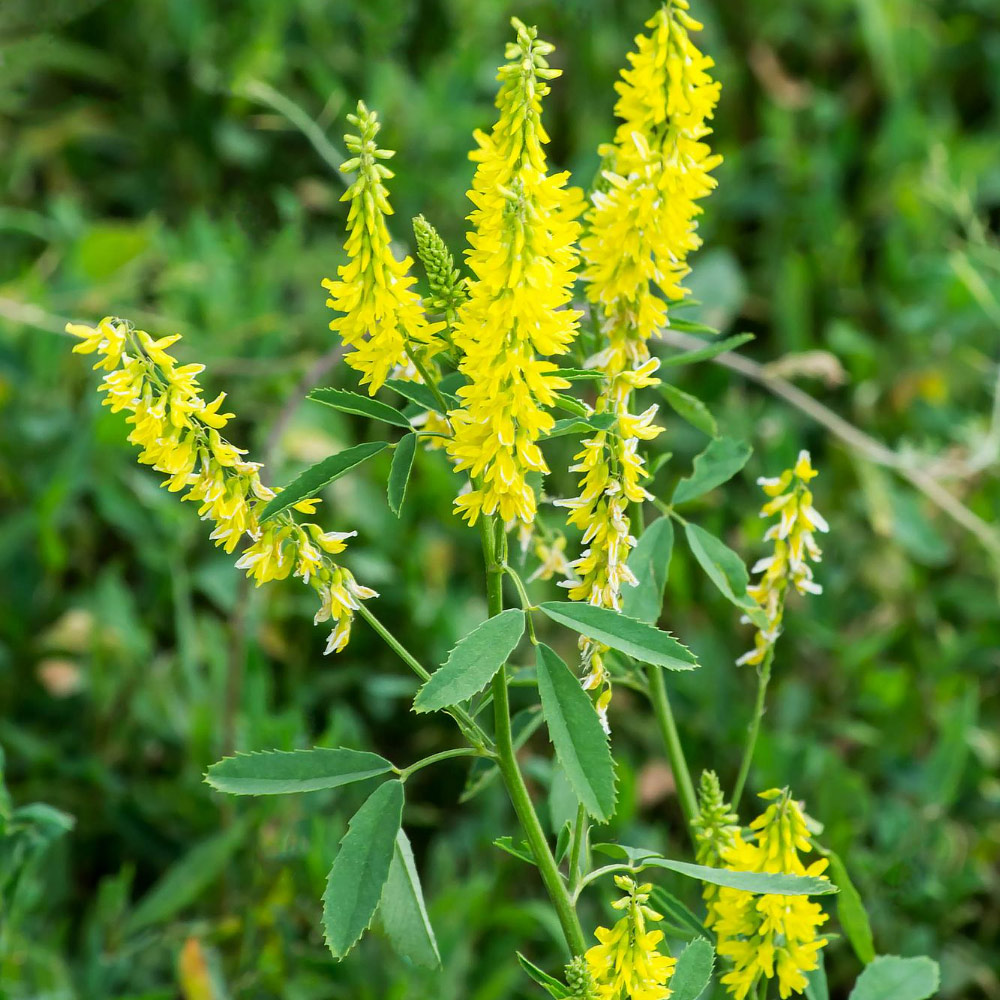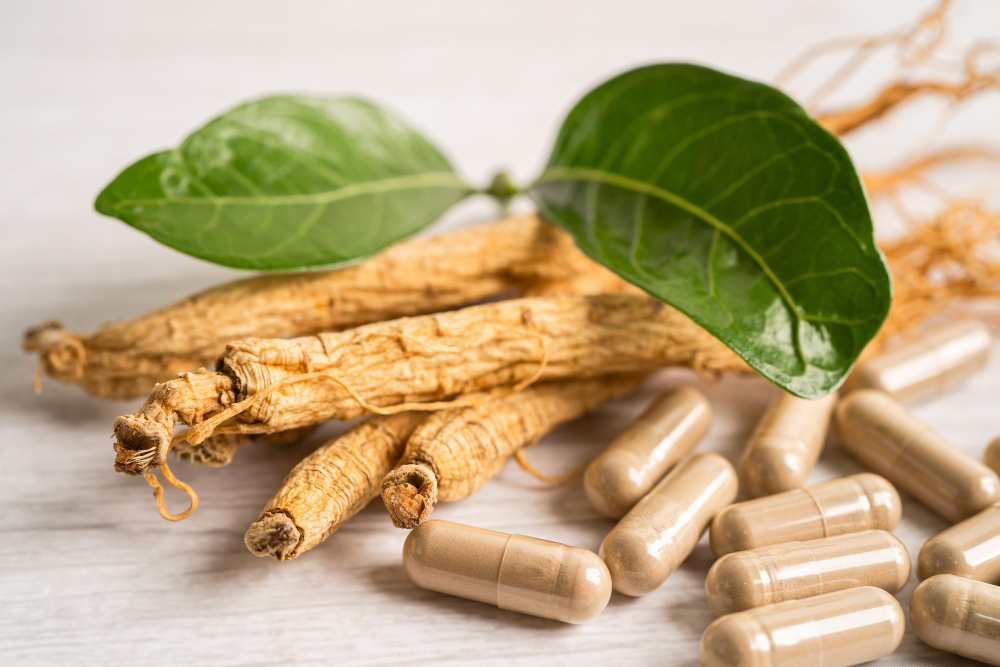Formulas based on Nattiase® and Nattokinase.

In this article, you’ll find out more about the health benefits of Nattiase® and how this ingredient can optimize your formulas. If you’d like to know more about the origin and functionality of Nattiase®, please read our ingredient page.
What are the health benefits and which ingredients can Nattiase® add to your new formulas?
Thanks to its maximum daily dosage of 100mg (2000 FU), Nattiase® can be easily integrated into complex formulas.
The rest of this article will suggest different combinations of ingredients, in which Nattiase®, through its properties (see box), will reinforce the desired health benefits in four main areas: cardiovascular, heavy legs, cerebral microcirculation and sports nutrition.

Nattiase® formulas: benefits cardiovascular benefits
As part of the development of a dietary supplement with a combination of plant extracts, Nattiase® could optimize the innovation of a formula targeting cardiovascular function, in particular for normal blood circulation.

Ginger
In this context, an association with Ginger(Zingiber officinale Roscoe) would be of interest in connection with the improvement in lipid profile proposed by Nattiase®. Ginger is rich in phenolic compounds, terpenes and polysaccharides.
The antioxidant activity of its molecules has been demonstrated in numerous preclinical studies1. Clinical trials have shown that ginger consumption or supplementation has a favorable effect on certain cardiovascular parameters, notably serum lipids.2metabolic profile3 and blood pressure4.

Artichoke
Artichoke(Cynara scolymus L.) is a good candidate for use in combination with Nattiase®. Artichoke contains many metabolites of interest.
The most beneficial for cardiovascular health is luteolin, a polyphenolic compound found in large leaves that plays an important role in the blood pressure regulation mechanism by regulating nitric oxide (NO) production.5. Artichoke extracts also act on lipid metabolism, by reducing the production of endogenous cholesterol and triglycerides and promoting their excretion or natural redistribution in the body.
This mechanism is explained by a stimulation of bile secretion, responsible for a physiological reduction in cholesterol in the liver and plasma.6. Nattiase®, which improves the lipid profile by increasing the level of good cholesterol (HDL-C), would therefore be a good candidate to act in synergy with artichoke extract.

Nattiase® formulas: benefits against heavy legs
Because of its effect on blood fluidity, Nattiase® can be incorporated into formulations focusing on the “Blood System” or “Heavy Legs“, in combination with other ingredients, including :

Sweet clover
Sweet clover(Melilotus officinalis Pall) : Traditionally used to promote blood circulation in the microvessels and to reduce the sensation of heavy legs.7 thanks to its phenolic compounds, including phenolic acids such as melilotic and caffeic acid, and flavonoids such as kaempferol, with antioxidant properties.8. In addition, sweet clover contains coumarins, which have blood-thinning effects, and triterpene saponosides such as melilotigenins and soyasapogenins, which have surface-active properties.

Red vine
Red vine(Vitis vinifera L.), whether leaf extract, fruit extract or fruit seed extract, this plant exerts an antioxidant action to support venous circulation and maintain normal capillary health and function.9,10,11,12

Cassis
Blackcurrant(Ribes nigrum) is known as an antioxidant food rich in anthocyanins, a powerful polyphenol that has demonstrated many profound effects on circulatory health. Particularly in improving blood flow, thus controlling blood pressure and intraocular pressure13as well as increasing peripheral blood flow14as well as improving endothelial function via activation of nitric oxide (NO)15.

Stinging nettle
Stinging nettle (Urtica dioica L.) : Its use in traditional medicine dates back more than 2,000 years.16 It stimulates the release of nitric oxide by endothelial cells, activating potassium channels and generating a vasodilatory effect to optimize blood circulation.16

Nattiase® formulas: benefits on cerebral microcirculation
The third area in which Nattiase® could be used in a formulation is cerebral microcirculation to boost brain function. Here, Nattiase® would be combined with plants whose mechanism of action has been extensively studied, such as Ginkgo biloba, whose indications for use are generally cerebral and peripheral circulation.

Ginkgo Biloba
Ginkgolides are the major active molecules, acting on platelet-activating factor and facilitating blood circulation. Ginkgo can thus exert arterial and venous vasoactive changes associated with increases in tissue perfusion, cerebral, peripheral and ocular blood flow. 17
These formulas can also contain micronutrients, notably vitamins (Vitamin C, B1, B3, B5, B6, B8, B9, B12) and minerals (Zinc, Iron, Iodine, Magnesium) which have an impact on cognitive or psychological functions.18

Nattiase® formulas: bhe benefits of sports nutrition
Last but not least, sports nutrition: nattokinase has the advantage of facilitating blood circulation when combined with L-arginine. L-arginine is known to be a precursor of nitric oxide (NO), which promotes vascular endothelial function and regulates blood flow.

NO also influences mitochondrial respiration, glucose uptake during exercise and muscle contraction19. Similarly for L-carnitine, given its central role in fatty acid oxidation and energy metabolism, studies have demonstrated its ergogenic role in improving exercise capacity in the sporting population20.
Plant extracts can also be useful for boosting endurance and physical performance, notablyGinseng extract(Panax ginseng) 21.
The combination of Ginseng, L-arginine, L-carnitine and Nattiase® makes sense in an energy and performance formula.
The importance of vitamins in this type of formula should be considered in the fight against fatigue (vitamin C). But also to contribute to amino acid synthesis (vitamin B9). And normal energy metabolism (vitamin B3).

Integration of Nattiase® in an innovative galenic formulation.
Nattokinase, recognized for its beneficial health properties on blood fluidity and cardiovascular health, finds a particularly original and relevant application in the galenic form of soft capsules.
In Japan, it is often combined with ingredients such as fish oils rich in omega-3 fatty acids, notably DHA (docosahexaenoic acid) andEPA (eicosapentaenoic acid), which contribute to normal heart function. This synergistic combination offers considerable potential for simultaneously supporting eye and cardiovascular health.
References :
1 Li C, Li J, Jiang F et al, Food Funct. 2021 Mar 15;12(5):1897-1913.
2 Mohammad Asghari-Jafarabadi et al, Curr Pharm Des . 2022;28(35):2920-2943.
3 Armin Ebrahimzadeh et al, Complement Ther Med . 2022 May;65:102802.
4 Hasani H, et al, Phytother Res. 2019 Jun;33(6):1639-1647.
5 Gebhardt R., Phytother Res. 2002 Jun;16(4):368-72.
6 Rondanelli M et al, Monaldi Arch Chest Dis. 2013 Mar;80(1):17-26.
7 EMA monograph https://www.ema.europa.eu/en/documents/herbal-monograph/final-european-union-herbal-monograph-melilotus-officinalis-l-lam-herba_en.pdf
8 Paun G et al, ACS Omega. 2020 May 22;5(22):13014-13022.
9 Hosung Nho et al, nt J Environ Res Public Health . 2022 Oct 31;19(21):14223.
10 Sano A, et al, JSciFoodAgric.2013;93(3)457-62
11 Sahar Foshati et al, Pharmacol Res . 2021 Nov 17;175:105905.
12 Park E et al, BrJNutr.2015Nov161-13.
13 Ohguro H et al, Ophthalmologic. 2012 ; 228 : 26-35.
14 Matsumoto H et al, J.Appl. Physiol. 2005 ; 94 : 36-45.
15 Zhu Y et al, Clin. Chimique. 2011 ; 57 : 1524-1533.
16 Bhusal KK et al, Heliyon. 2022 Jun 22;8(6):e09717.
17 Diamond BJ et al, Psychiatr Clin North Am. 2013 Mar;36(1):73-83.
18 Tardy AL et al, Nutrients. 2020 Jan 16;12(1):228.
19 Park HY et al, Nutrients. 2023 Mar 3;15(5):1268.
20 Fielding R et al, Nutrients. 2018 Mar 13;10(3):349.
21 Sellami M et al, J Int Soc Sports Nutr. 2018 Mar 15;15:14.


